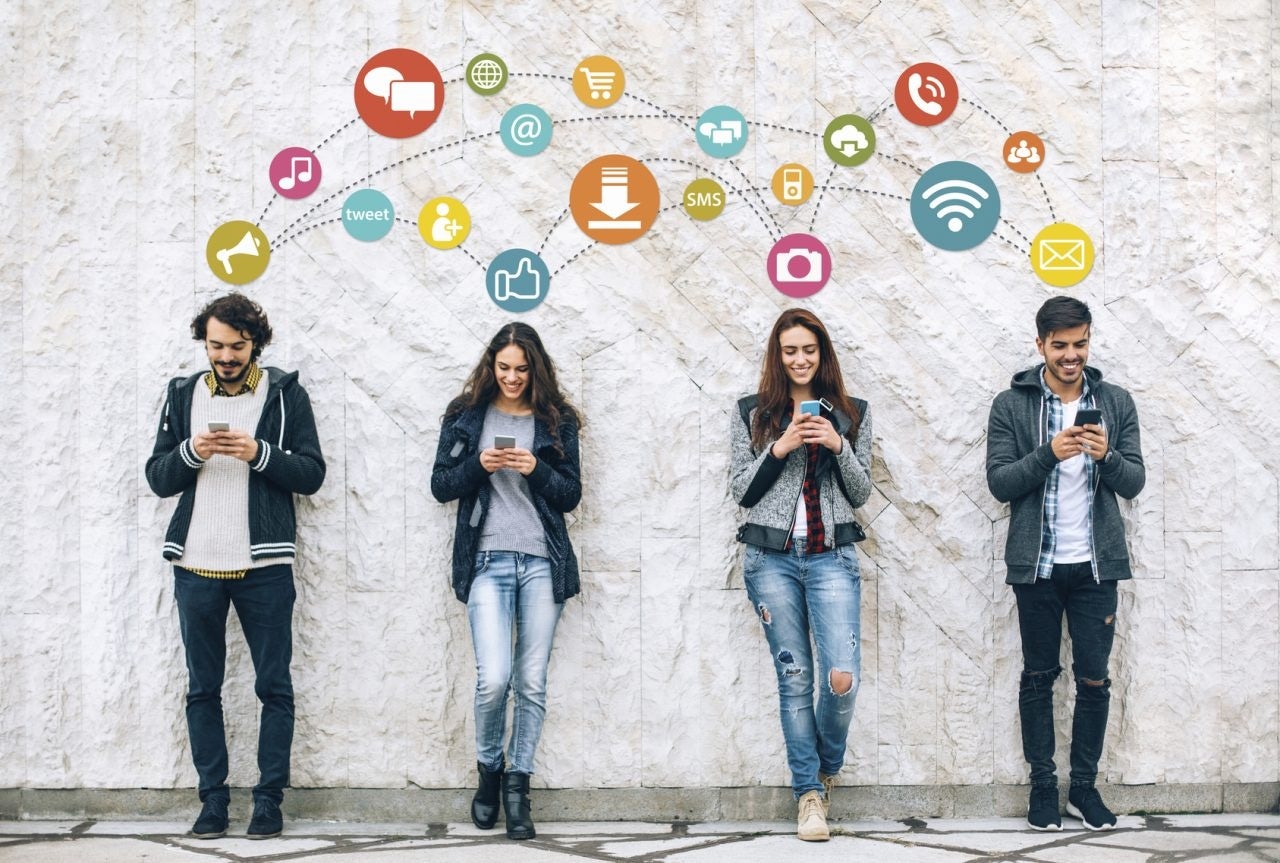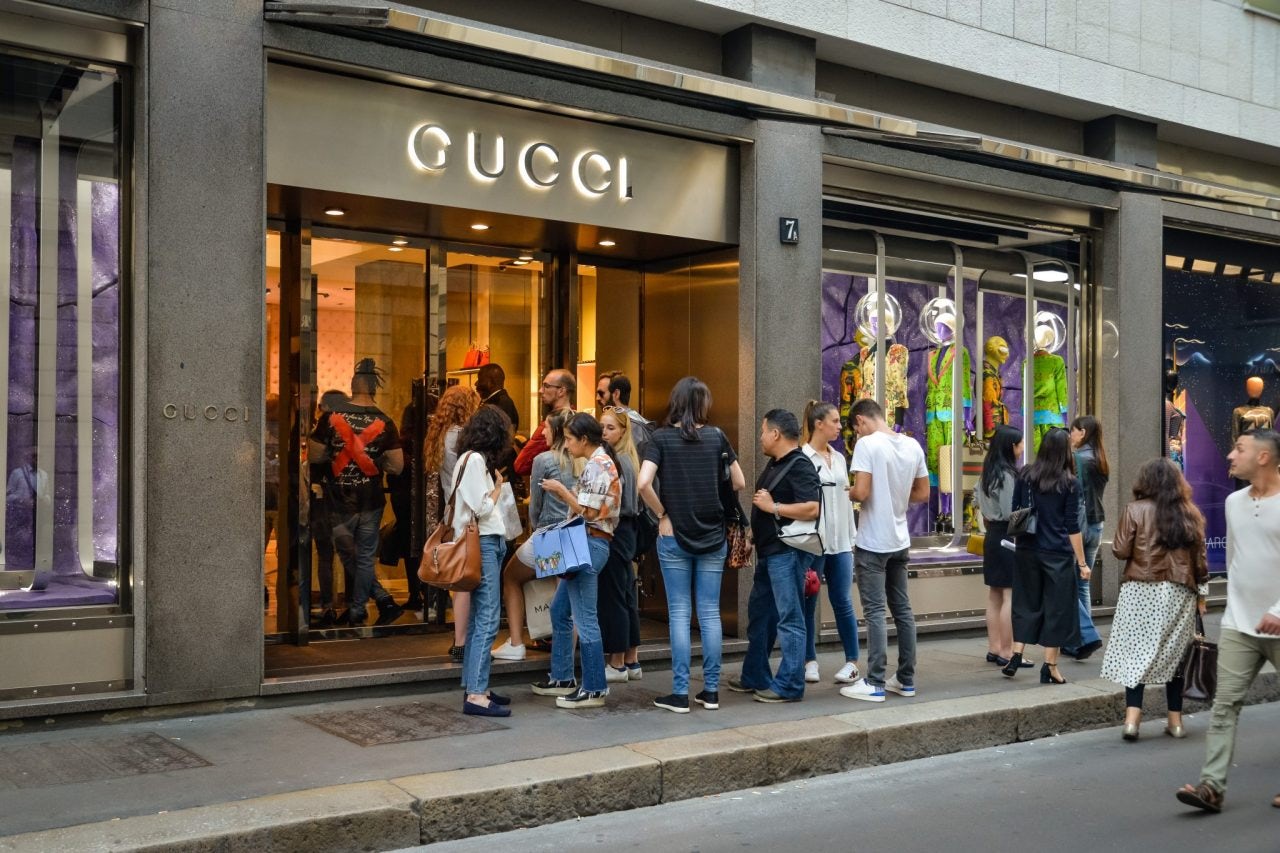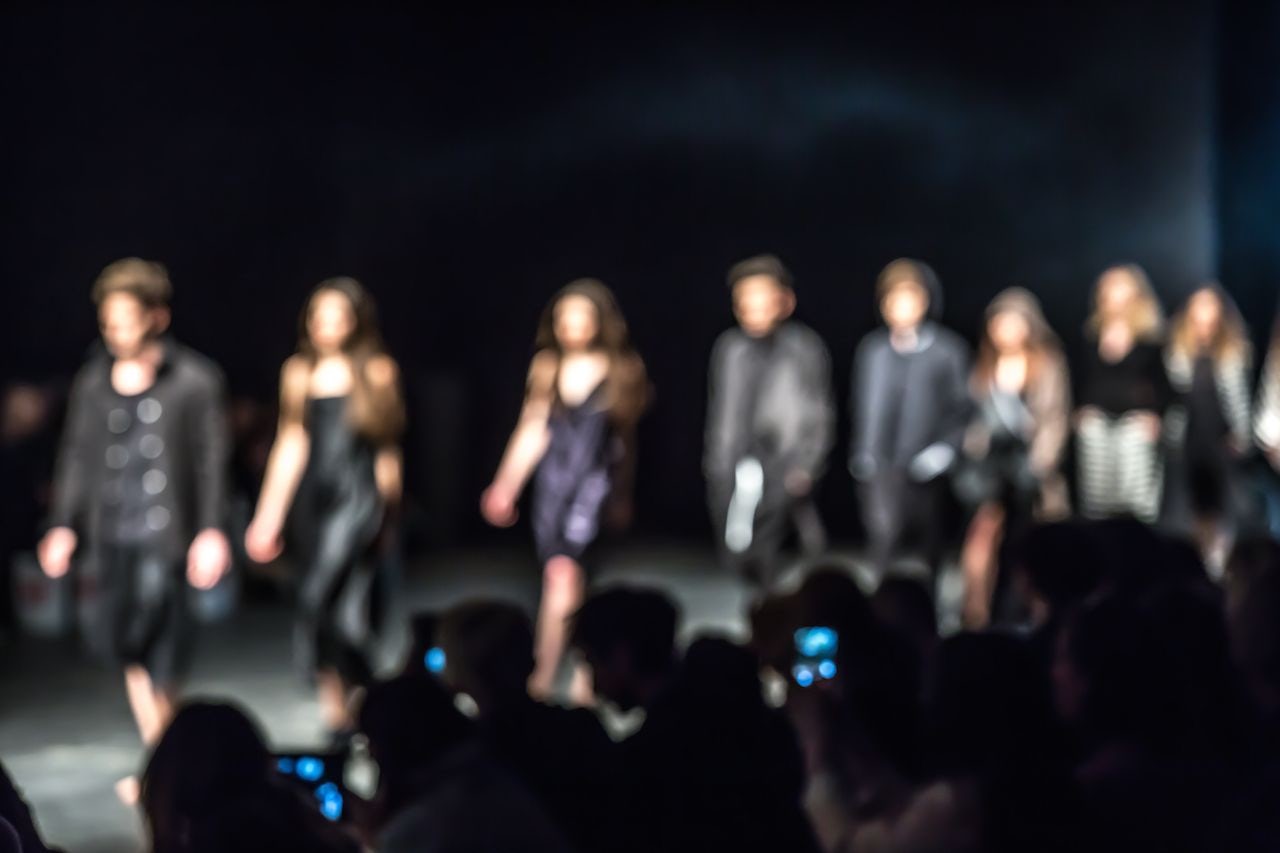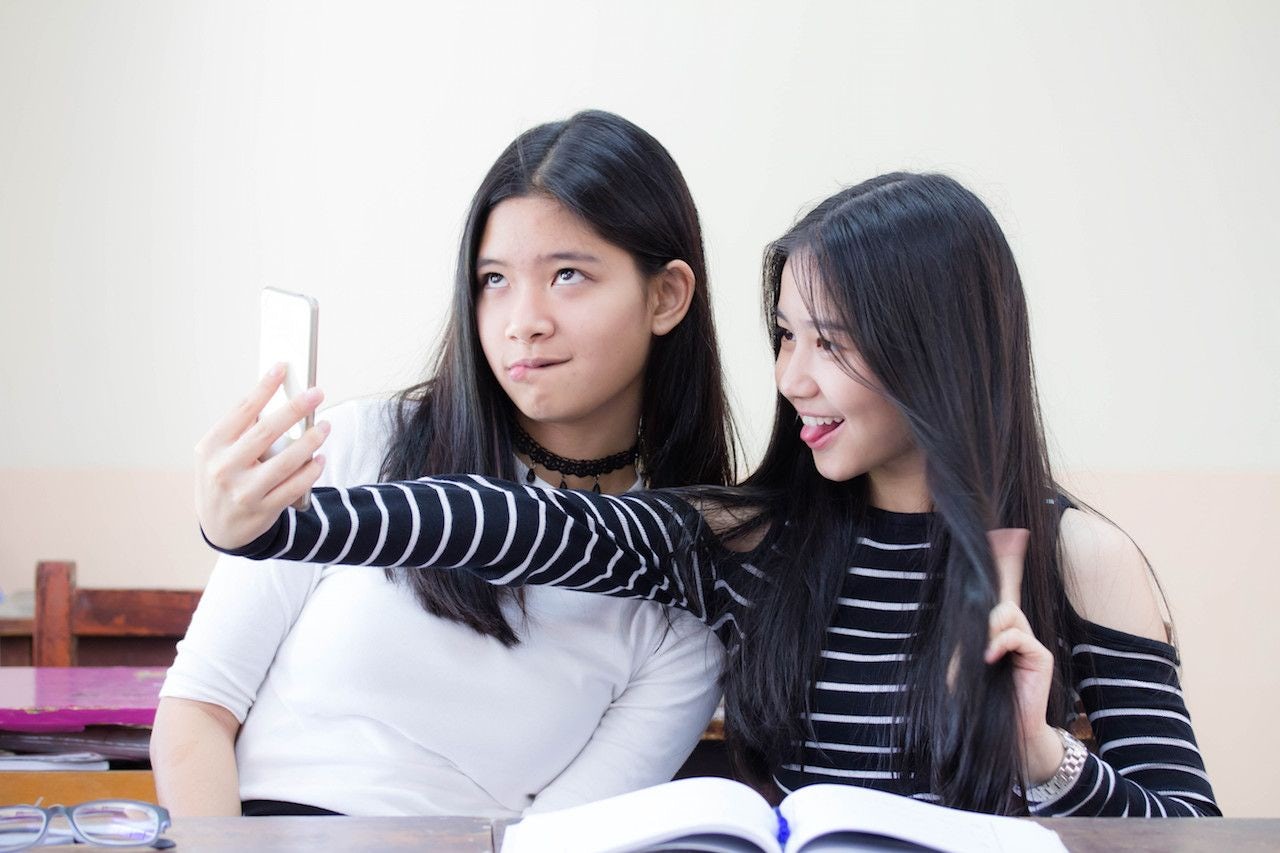China’s KOL landscape is evolving every day, so why does it seem like there are only a handful of familiar names that pop up over and over again in the industry?
It’s no accident that China has its Chiara Ferragni equivalents—the likes of Gogoboi, Mr. Bags, and YangFanJame. Luxury brands often cycle through the leading fashion bloggers and influencers on Weibo and WeChat for their product campaigns to play it safe, more easily managing the conversation between their brand representative and their followers. They save lesser-known KOLs for product launches and fashion shows.
However, there’s a downside to this strategy as China’s social media landscape becomes more saturated. Brands may risk losing out on establishing an authentic connection and building trust with their millennial audience. There’s also the potential trouble of retaining a sense of product exclusivity if the KOLs they’re working with are too over-exposed.
Olivia, who works with an agency representing a variety of accessible brands in China, told Jing Daily, “The big influencers collaborate with anyone as long as the brands pay enough money. The photos they take are not necessarily as good as the upcoming ones and the content isn’t as good either. Gradually, you find that the bigger influencers kind of lose their identity.”
Some luxury brands are already recognizing the need to branch out in their social media campaigns. Ahead of its Fall 2016 campaign, Gucci collaborated with an influencer with less than 30,000 Instagram followers, a man named Trevor Andrew who used the hashtag GucciGhost in his posts. The brand’s creative director Alessandro Michele has been working hard to connect the brand with a younger generation, and this way of doing so can serve as a particular lesson for brands, says Kim Leitzes, CEO of China influencer marketing platform PARKLU.
“What’s interesting about this example was GucciGhost was not a known name, but they worked with a KOL that had his own interpretation of the brand,” Leitzes says. “And when you think about it, whether or not a brand wants influencers to interpret their brand, it’s happening anyway. By working with smaller KOLs, brands can embrace branding interpretation while still maintaining a modicum of control.”
Jing Daily spoke with industry insiders about the online influencers they personally follow, and based on their responses, we’ve compiled a list of the types of influencers that exist outside of the more mainstream names in the fashion blogosphere. These KOLs aren’t always working directly with brands, but are managing to maintain a substantive connection with followers in a sea of competition.
“These bloggers are the trendier ones,” Olivia says. “They’re sexier, tanned, and living a lifestyle that’s been taking off for just a couple of years in China.”
1.#
The former fashion editor#
It’s not uncommon to see former editors and writers at the top of the social media subscriber lists of Chinese fashionistas, and it’s easy to see why: these industry insiders had access to the latest luxury goods that several years ago were much more difficult for the more grassroots blogger to source at the local shopping mall, says Leitzes. However, as an increasing number of luxury brands enter China and more KOLs have access to products, the real standout quality for these KOLs comes down to their voice.
Emily, who works in PR for a top luxury hotel in Beijing, says this is what she loves about Wang Xin, the former editorial executive for Madame Figaro.
“More and more KOLs are becoming very commercial, making it really hard to judge the products they recommend,” Emily says. “But the KOLs I follow, like Wang Xin, are still producing non-commercial content and sending out a more grounded outlook to his readers.”
Wang Xin#
(@#
反裤衩阵地), 35, is a former editorial executive at Madame Figaro who boasts 1.4 million followers on Weibo and has worked with clients like BMW and local luxury shopping mall SKP. He maintains a lifestyle driven blog recommending design, art, décor, and books.
Hugo Yu#
, or Yu Xiao Ge (@于小戈 on Weibo), the former editor-in-chief of Harpers Bazaar China, is also popular in China’s fashion circles—she maintains an account mainly focused on beauty, but has also been channeling attention into developing apps that provide online readers an inside look into the luxury fashion world.
2. The media personality#
It’s generally crucial for global brands to establish relationships with reporters and TV hosts in the luxury industry who are responsible for relaying products to an audience, but this is especially so in China, where media personalities have massive followings even outside of their formal job title.
Jena, who works for a Shanghai-based PR agency representing luxury brands in China, follows model and reality TV star Edison Fan, after losing interest in many of the more mainstream bloggers. “I followed Gogoboi for awhile, but didn’t always agree with what he had to say,” she says. “Then he just became too commercialized. Personally, I didn’t think he was genuine and authentic, and we didn’t share the same aesthetic.”
Jena likes
Edison Fan @edisonfanye, with over 1 million Weibo followers,#
whose fanbase grew after he starred in a popular variety show in China called “奇葩说 (U Can U Bibi) produced by iQiyi.
She also follows
Linda Li Jing @lindalijing,#
a popular Chinese TV host, who works with companies like luxury e-commerce site Secoo. She often tags the luxury brands she’s wearing in her social media photos featuring her hosting events.
3. The wealthy socialite#
Sometimes it’s not the influencers that have direct access to luxury brands, it’s their family members. It’s not uncommon for the kids of employees of luxury brands in China to leverage their resources to start having an influence on the internet. Much like the Kardashians, there is also no shortage of “It” girls and boys who gain a steady online following that revolves around their luxurious, globetrotting lifestyles.
Yvonne Ching (@yvesching)#
, whose mother was the PR director for Perfume Christian Dior, has more than 2 million Weibo fans and a steady Instagram following. Her rise to fame kicked off when she started dating popular Chinese actor Zheng Kai and they starred in a reality TV show together. She can often be spotted in the front rows of luxury brand launches and fashion shows, including Bottega Veneta’s SS18 runway show in Milan.
Similarly, Shanghai-based cosmetics and fashion designer and style icon
Rigel Davis @rigeldavis#
is very active in the fashion world and can be found on her social media accounts hanging out with celebrities and members of China’s elite. She has done numerous work with more accessible luxury brands, including this interview with Charles & Keith, while gaining a following for her edgy street luxe style.
4. The overseas KOL#
Chinese consumers are increasingly traveling or studying abroad, so it should come as no surprise that online influencers in China extend to those living or working outside the country. Some big names in China’s KOL world today got their start outside of the country, including Mr. Bags, who blogged when he was a student at Columbia University in New York before eventually moving back to Beijing.
For some consumers, like Jiao Wu, a fashion student based in Shanghai, an overseas style blogger with a Youtube channel is more appealing than a local pick “because they have a more professional view of fashion. Many Chinese online fashion bloggers are more concerned about celebrity gossip and their advertisements, and few of them have unique opinions. The reason they can become fashion bloggers is because they have good marketing skills, rather than their unique view of fashion.”
New York-based loungewear designer
Licheng Ling#
(Instagram: @licheng_ling) is attracting attention in fashion circles for her luxe minimalist, artistic scenes that draw on both Chinese and international influences, inspiring Chinese millennials everywhere.



